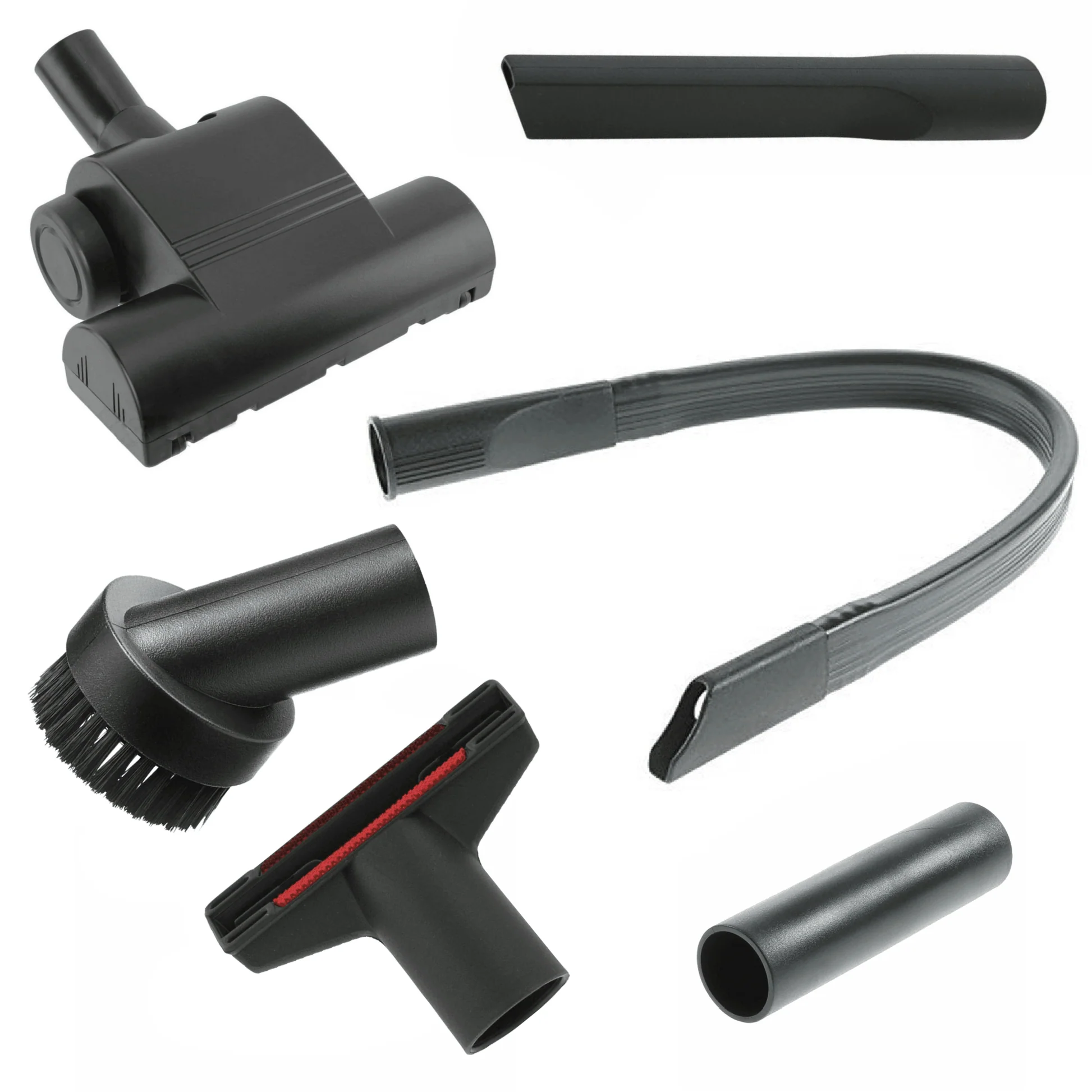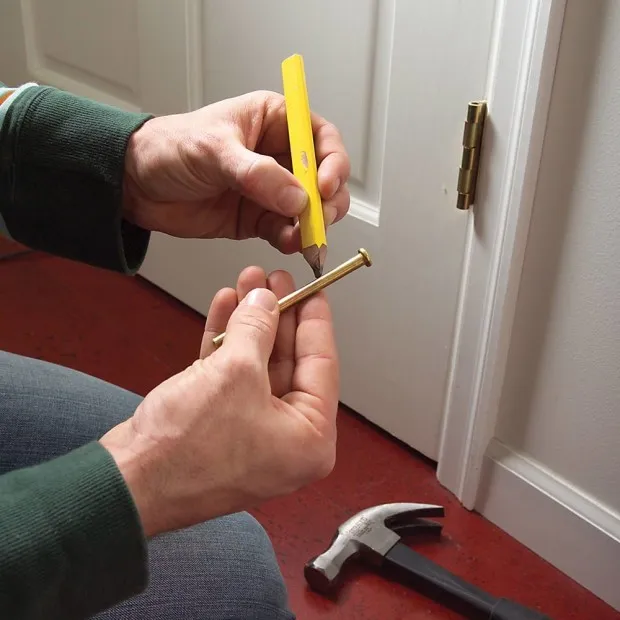
Essential Tools for Changing Your Car Battery
Introduction to Car Battery Replacement
Changing a car battery might seem daunting. But, with simple instructions, anyone can do it. A dead battery can leave you stranded. Knowing how to replace it can save time and stress. It’s also cheaper than hiring a professional. This guide will show you the essential tools for the job. It will cover the signs of a bad battery. It will also go through each step of the replacement process. What tools do you need to change a car battery? The goal is to make you confident in changing your car battery. Let’s dive into what you need to know to get started.
Identifying Signs of a Faulty Battery
Recognizing a failing car battery is crucial. What tools do you need to change a car battery? It helps you address issues before getting stranded. Here are common signs:
- Slow Engine Crank: The car takes longer to start than usual.
- Check Engine Light: This light could signal battery problems.
- Low Battery Fluid Level: Visible through the battery’s transparent case.
- Swelling or Bloating Battery Case: Caused by excessive heat.
- Battery Leak: Corrosion on the posts where cables connect.
- Old Age: Batteries usually last 3-5 years.
If you notice these, test your battery. Most auto parts stores will do this for free. This way, you can be sure it’s time for a change.

List of Tools Required for the Job
What tools do you need to change a car battery? When changing a car battery, having the right tools is important. Here’s a checklist to help you gather what’s needed:
- Adjustable Wrench: To loosen and tighten battery terminals.
- Socket Set and Ratchet: For removing hold-down clamps.
- Battery Terminal Cleaner: To clean off corrosion.
- Corrosion-Resistant Gloves: To protect your hands.
- Safety Glasses: To shield your eyes.
- Wire Brush: To scrub the terminals.
- Baking Soda: For neutralizing acid spills.
- Clean Rags: For wiping off debris.
- Dielectric Grease: To prevent future corrosion.
Before starting, make sure your vehicle is off and safe to work on. Clear the workspace and arrange your tools. With these prepared, you are now set to replace your battery safely and efficiently.
Preparing Your Vehicle for the Battery Change
Before replacing your car battery, prepare. Make sure your vehicle is ready for a safe change. Here’s how to do it:
- Park on Level Ground: Ensure your car is on a flat surface. This prevents it from moving.
- Turn Off the Vehicle: Shut down the engine completely. Remove the keys from the ignition.
- Engage Handbrake: Secure the vehicle by applying the handbrake.
- Allow Engine to Cool: Wait for the engine to cool if you’ve been driving.
- Wear Safety Gear: Use corrosion-resistant gloves and safety glasses.
- Gather Tools: Have all your tools within reach. This includes wrenches, rags, and cleaning materials.
Ready your workspace and approach the task methodically. A well-prepared setup leads to a smoother battery change.

Step-by-Step Guide to Removing the Old Battery
Removing an old battery is straightforward with the right approach. Here’s a simple step-by-step guide:
- Locate the Battery: Find where the battery is in your car. Common places include under the hood or in the trunk.
- Disconnect Cables: Start by removing the negative (-) cable, then the positive (+) one. Use an adjustable wrench to loosen the nuts.
- Remove Hold-down Clamps: These secure the battery. Use a socket set and ratchet to remove them.
- Take Out the Battery: Lift the battery out carefully, keeping it upright. It might be heavy, so lift with your legs, not your back.
- Inspect the Tray: Look for rust or damage in the battery tray. Clean any debris or corrosion.
Safety is key. Wear gloves and safety glasses to protect against acid and debris. Ensure the engine is off and cool to the touch. Disconnect accessories like lights to prevent shorts. Keep tools organized to avoid misplacing them.
Changing your car battery is easy with these steps. Ready to install the new one? We’ll cover that next.
Cleaning and Preparing the Battery Connectors
Before installing a new battery, clean the connectors. What tools do you need to change a car battery? This ensures a strong, safe connection. Follow these steps for best results:
- Mix Baking Soda and Water: Create a paste. This neutralizes battery acid. Clean with a small brush.
- Scrub the Connectors: Use a wire brush or battery terminal cleaner. Remove all corrosion and dirt.
- Rinse and Dry: After scrubbing, wash with water. Then, dry with clean rags.
- Apply Dielectric Grease: This goes on the connectors. It prevents future corrosion.
These steps will help with a stable electrical connection. Your car’s performance depends on this. After cleaning, you’re set to install the new battery.

Installing the New Car Battery
Installing a new car battery is a critical step. Here’s how to do it right:
- Position the New Battery: Place the new battery where the old one was. Check that terminals match the cables.
- Secure the Battery: Use your socket set and ratchet. Tighten the hold-down clamps. This prevents movement.
- Connect Positive Terminal: Attach the positive (+) terminal first. Use your adjustable wrench to tighten it. This avoids short circuits.
- Connect Negative Terminal: Now, connect the negative (-) terminal. Again, use the wrench to secure it.
- Apply Dielectric Grease: Protect terminals against corrosion. Put a bit of grease on each one.
- Double-Check Connections: Make sure both terminals are tight and secure. Shake the battery gently. It shouldn’t move.
- Clean Up: Put your tools away. Wipe any spills or debris with your rags.
Once installed, test your car. Turn the ignition. If it starts smoothly, the battery is good. Remember, a well-installed battery ensures your car’s reliability. Plus, it saves you future trouble.
With these steps, you’ve successfully installed a new car battery. Next, we’ll look at how to dispose of the old one safely.
Proper Disposal of the Old Car Battery
What tools do you need to change a car battery? Properly getting rid of your used car battery is important. It should never go in the regular trash. Car batteries contain harmful materials. They can hurt the environment if not handled right.
- Avoid Simple Trash Disposal: Used batteries can leak dangerous acids.
- Find a Recycling Center: Many service stations and stores take old batteries.
- Seal Terminal Ends: Use tape to cover the battery posts before disposal. Prevents shorts.
- Handle With Care: Batteries can be heavy and dangerous. Lift and carry safely.
- Check for Recycling Programs: Some places require stores to take back old batteries.
- Clean Up Spills: If any acid spills, clean it up immediately with baking soda and water.
Do the right thing for our planet. Dispose of your old battery properly. Your local recycling center or auto parts store can guide you. They’ll ensure it’s recycled correctly and safely.

Final Checks and Testing of the New Battery
After installing your new car battery, it’s important to do final checks. These ensure that everything is in order and that your vehicle is ready to hit the road again. Here are the steps you should follow for final checks and testing:
- Inspect Connections: Look at both terminals. Make sure they are tight and secure. A loose connection can cause issues.
- Check for Movement: Gently shake the battery. It shouldn’t move if clamps are tight.
- Examine for Leaks: Check around the battery for any signs of leaks. No leaks mean a good installation.
- Start the Engine: Turn your key in the ignition. The car should start smoothly.
- Test Electrical Components: Activate lights, radio, and other systems. Everything should work properly.
If something goes wrong or a warning light comes on, double-check your work. Ensure cables are on the right terminals and fully fastened. Recheck that you followed installation steps correctly. If problems persist, consult a professional or your vehicle manual for guidance.
Performing these final checks helps avoid future battery issues. It also helps maintain your car’s overall health. As an added tip, keep your battery clean and check it regularly. This can extend its life and performance.
Conclusion and Additional Maintenance Tips
Congrats on learning how to change a car battery! It’s a big win for any car owner. With the right tools and steps, you’ve tackled a vital car maintenance task. But, the work doesn’t end here. Let’s keep your car in top shape with extra care.
- Check Your Battery Regularly: Every few months, take a look. Look for signs of wear or corrosion.
- Keep It Clean: Dust and dirt can lead to poor connections. Wipe the top of the battery occasionally.
- Tighten Connections: Loose terminals can cause trouble. Give them a quick check and tighten if needed.
- Drive Regularly: Long periods of inactivity can shorten a battery’s life. Regular use helps it stay charged.
- Avoid Extreme Temperatures: Keep your car in the shade on hot days. On cold days, park it in a garage if possible.
- Monitor Charging System: A bad alternator can kill a new battery. Have it checked if things seem off.
Remember, your car battery is just one part. Keep up with oil changes, tire checks, and regular service. This helps prevent problems and could save money down the line. Happy driving, and stay safe on the roads!

